Table of Contents
The Impact of Cold Weather on Garage Door Operations
Winter weather can be particularly harsh on your garage door system. As temperatures drop and snow accumulates, various components face increased stress that can lead to malfunctions and costly repairs.
Understanding these seasonal challenges helps homeowners take proactive measures to keep their garage doors functioning smoothly throughout the coldest months.
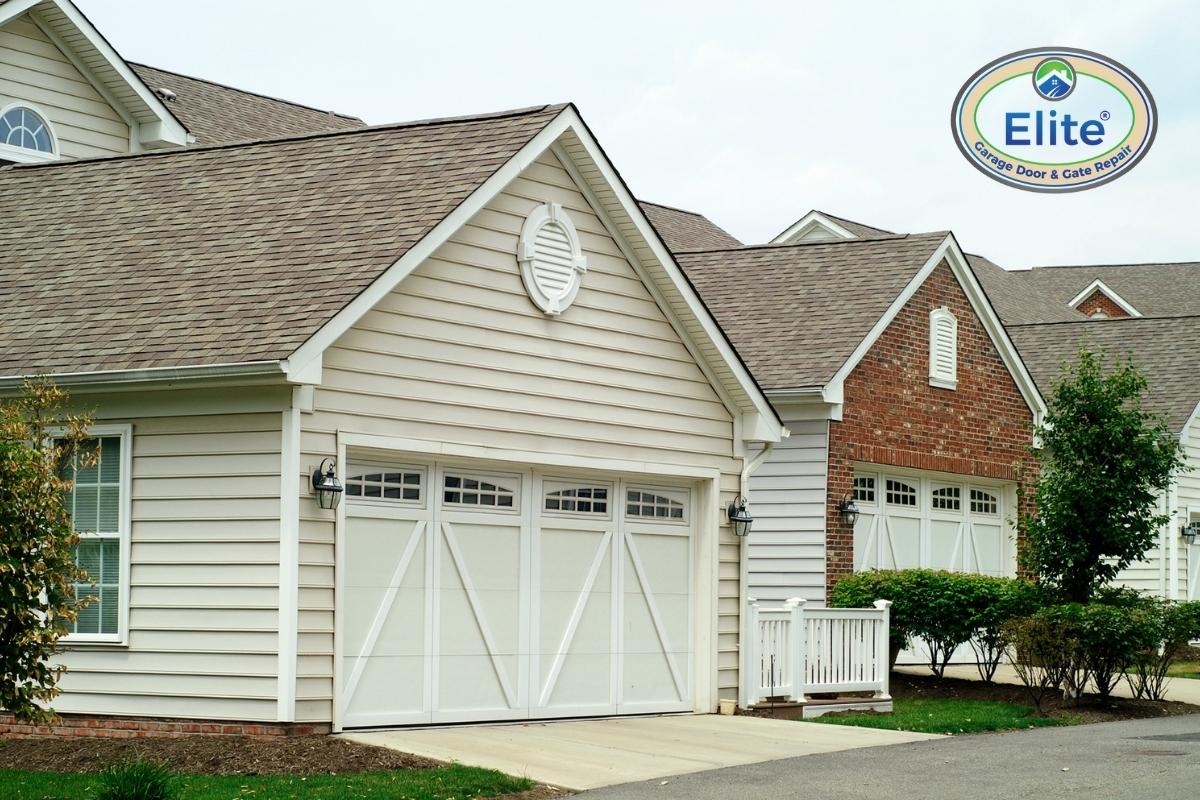
The Impact of Cold Weather on Garage Door Operations
Metal Contraction and Component Strain
When temperatures plummet, metal components naturally contract. This physical change affects your garage door’s tracks, springs, and hinges, causing them to tighten and become less flexible. The contraction can create additional friction during operation, making your door slower to respond or completely unresponsive in extreme cases.
Signs of Metal Contraction Issues
Watch for grinding noises, jerky movements, or doors that stop midway through opening or closing. These symptoms indicate that contracted metal parts are struggling to work together properly.
Lubricant Thickening and Mechanical Resistance
Standard lubricants often thicken in cold temperatures, losing their effectiveness. This creates additional resistance on moving parts like rollers, hinges, and springs. Without proper lubrication, these components work harder, leading to premature wear and potential failure.
Broken or Weakened Springs
Why Springs Fail in Winter
Garage door springs are under constant tension, and cold weather makes them more brittle. The combination of contracted metal and increased brittleness means springs are far more likely to snap during winter months. A broken spring renders your garage door inoperable and poses serious safety risks.
Torsion vs. Extension Springs
Both spring types face winter challenges. Torsion springs, mounted above the door, handle significant weight and can snap without warning. Extension springs, running along the tracks, become less elastic and may lose their lifting power gradually before failing completely.
Weatherstripping Damage and Energy Loss
Weatherstripping around your garage door serves as a critical barrier against cold air, moisture, and pests. Winter conditions cause rubber seals to crack, harden, and lose flexibility. Damaged weatherstripping allows cold air to infiltrate your garage, increasing energy costs and potentially freezing items stored inside.
Bottom Seal Concerns
The bottom seal takes the most abuse during winter. Snow accumulation, ice formation, and constant temperature fluctuations cause it to deteriorate faster than other seals. A compromised bottom seal can freeze to the ground, preventing your door from opening.
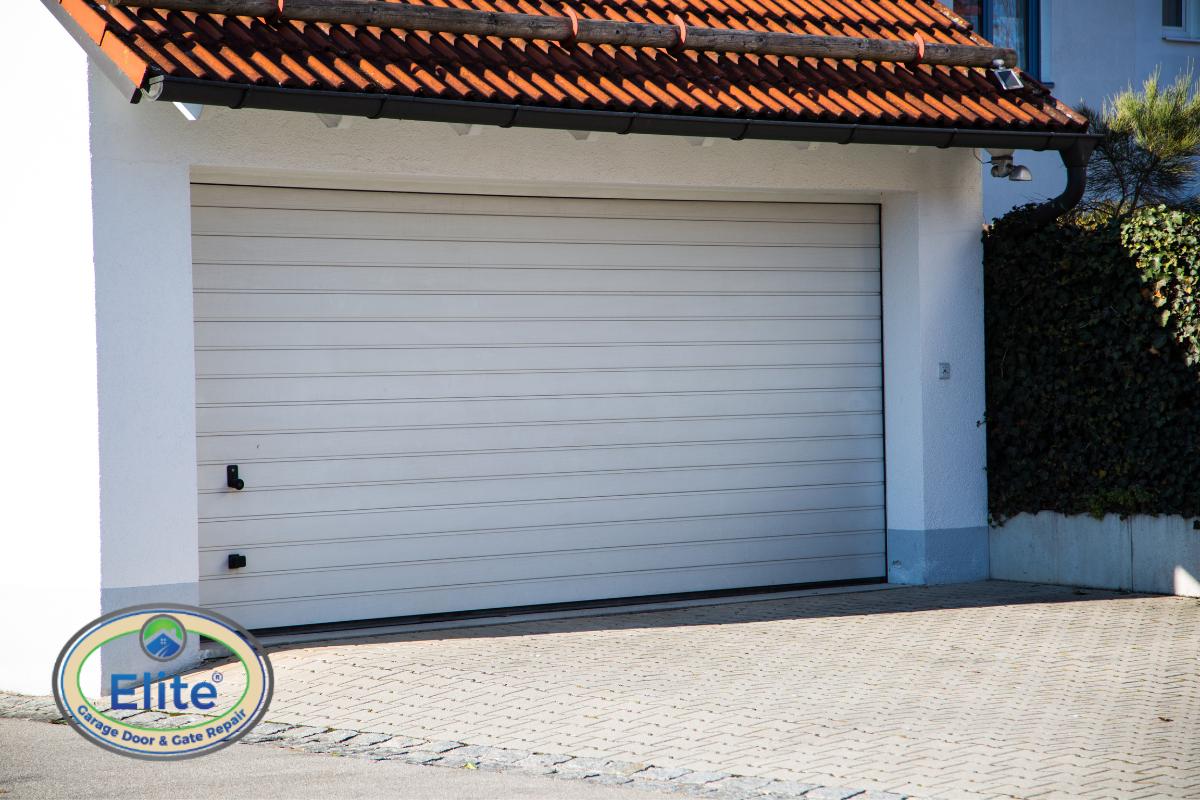
Weatherstripping Damage and Energy Loss
Frozen Garage Doors
Ice Buildup Problems
Water seeping under your garage door can freeze overnight, effectively gluing the door to the ground. Attempting to force open a frozen door can damage the opener motor, bend tracks, or break springs. Snow accumulation around the door’s perimeter creates similar issues.
Safe Defrosting Techniques
Never force a frozen garage door open. Instead, use a heat source like a hairdryer or pour warm (not boiling) water along the seal to melt the ice safely.
Opener Sensor Malfunctions
Modern garage door openers rely on sensors to prevent accidents. Cold temperatures can cause these electronic components to malfunction, preventing the door from closing properly or triggering false safety alerts. Condensation forming on sensor lenses during temperature fluctuations can also interfere with their operation.
Preventive Maintenance Recommendations
Regular Inspections
Schedule Professional Inspections before winter arrives. Technicians can identify worn components and replace them before they fail in cold weather.
Proper Lubrication
Use cold-weather garage door lubricant on all moving parts. These specialized products maintain their consistency in low temperatures, ensuring smooth operation throughout winter.
Weatherstripping Replacement
Inspect and replace worn weatherstripping before winter. This simple Maintenance task prevents many cold-weather problems and improves energy efficiency.
Understanding these common winter garage door problems empowers homeowners to take preventive action and respond appropriately when issues arise, ensuring reliable access to their garages throughout the season.


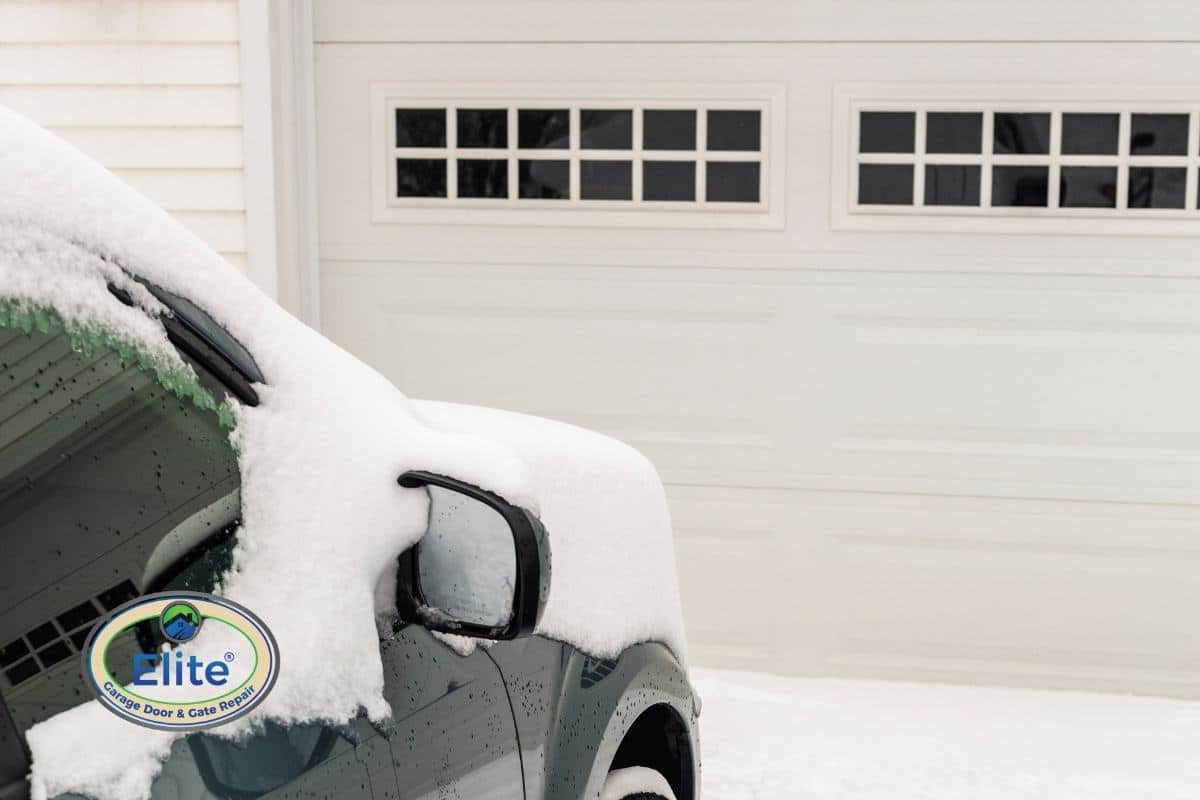
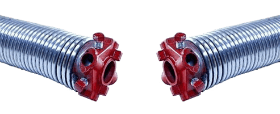
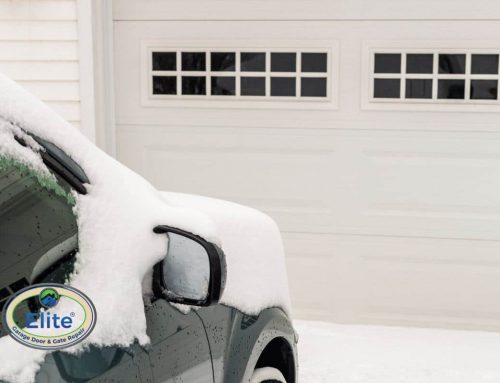
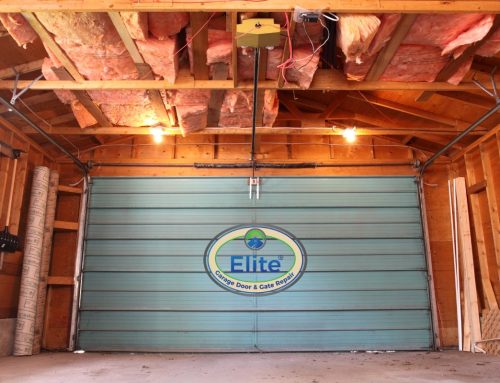
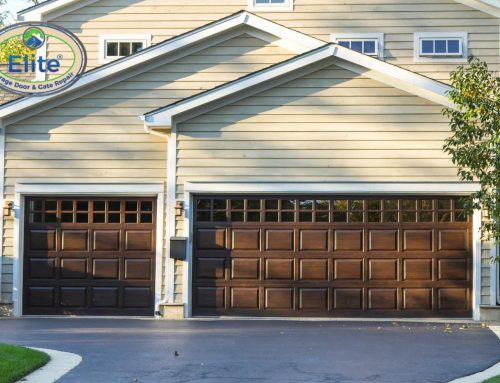

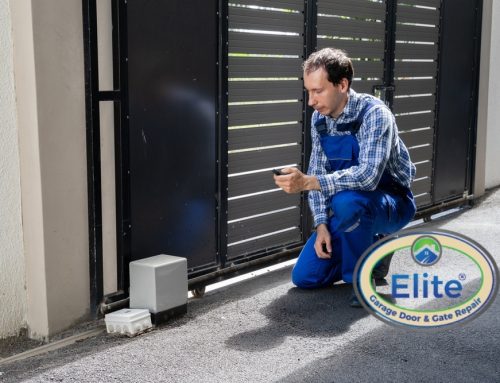
Leave A Comment